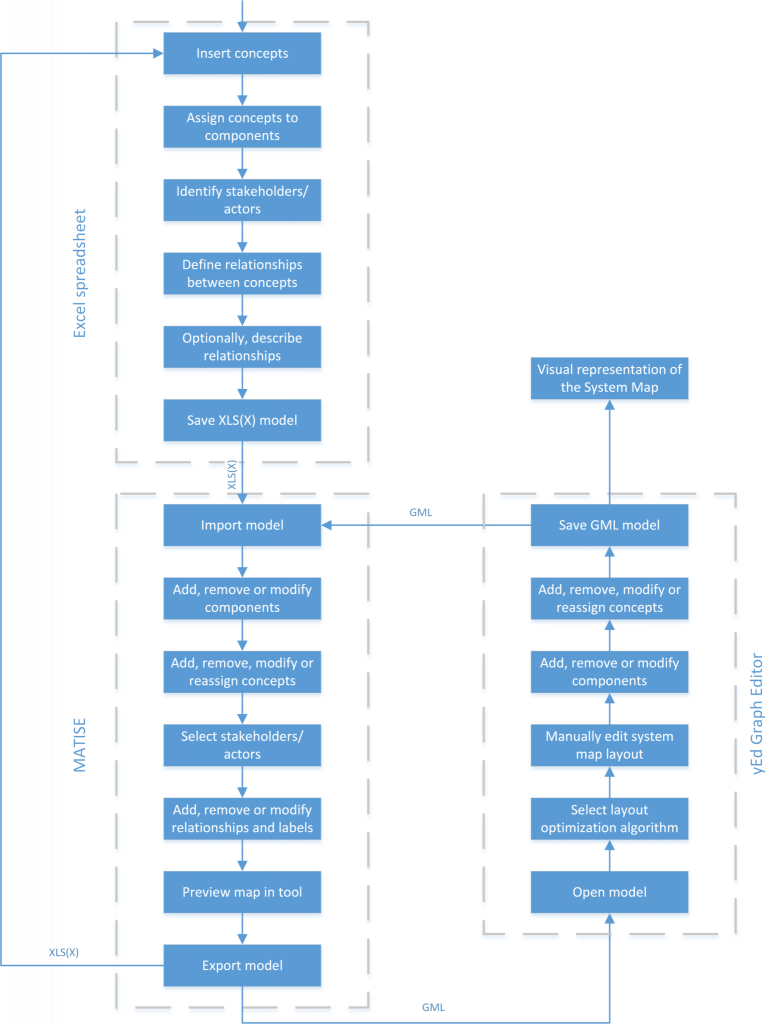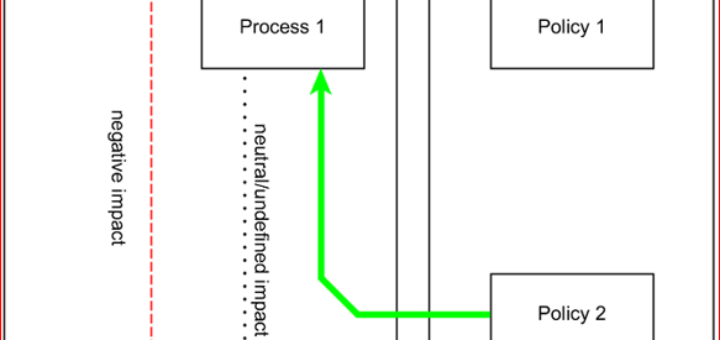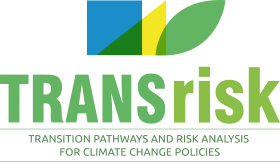It is important to have a clear understanding of the relevant systems when designing pathways towards low emissions. An innovative tool has been designed specifically for the purposes of system mapping: Mapping Tool for Innovation Systems Evaluation (MATISE).
Transforming societies into low-carbon and climate-resilient systems is a complex and multi-dimensional problem domain, as it has impacts on people and institutions within the systems. Replacing conventional technologies and behaviour with climate-friendly solutions may bring about socio-economic and environmental benefits to societies, but could also have negative implications such as employment losses, investment requirements or required imports of resources, which could create resistance to changes. Therefore, when designing pathways towards a low-emission future, it is important to obtain a clear understanding of the relevant systems for that, including policies, governance, culture, habbits, actors operating in a value chain and supporting services, such as banks and legal support.
Tools for such mapping of systems already exist. For example, the tool Market Mapping was introduced by Mike Albu and Allison Griffith to support work by Practical Action on sustainable livelihoods in developing countries. Market mapping is a tool to support participatory processes with stakeholders.

With multiple stakeholders engaged, market or system mapping requires an intensive, time-consuming process that is usually broken down into numerous steps. Through the discussions, system elements may be added, deleted or rearranged, so that the map may easily become complex and difficult to understand. To this end, an innovative tool has been designed specifically for the purposes of system mapping: Mapping Tool for Innovation Systems Evaluation (MATISE). MATISE enables stakeholders and/or the discussion facilitator to add information on the system into an Excel database, which can then be coverted into a system map, enabling the analyst to create, modify, work on either format (excel or visual interface) depending on their preferences and thus easily supervise large, complex market maps.
MATISE will be applied in the case studies conducted under the TRANSrisk project.
TRANSrisk
Project details
- Project title: “Transitions Pathways and Risk Analysis for Climate Change Mitigation and Adaption Strategies” (TRANSrisk)
- Funding scheme: European Union Horizon 2020 Programme (EU H2020, grant agreement no. 642260)
- Duration: 3 years (1 September 2015 – 31 August 2018)
- Project coordinator: Science Policy Research Unit, University of Sussex, United Kingdom
- Project website: www.transrisk-project.eu



